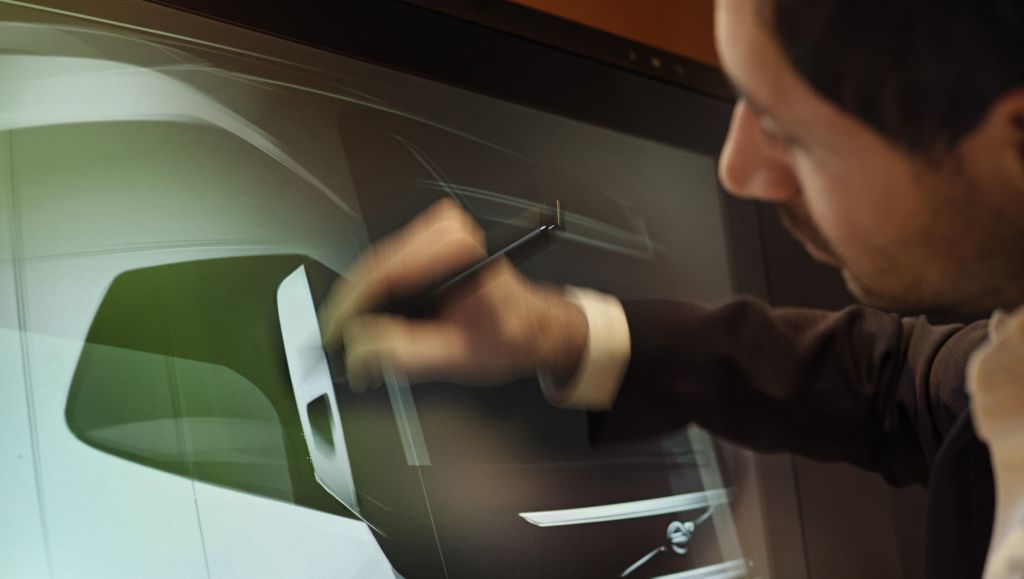Designing great views


How much detail goes into the design of a truck? And what can design details communicate? When Volvo Trucks developed a new rear-view mirror to further improve
visibility for drivers, safety was naturally the number one concern. However, it was also very important to communicate these improvements through a groundbreaking aesthetic expression.
The new Volvo FH was launched in 2012, with several significant technological upgrades. One of the most successful heavy truck models on the planet also featured a new
design. Functionality and ergonomics were keywords used when describing the new FH cab, while a number of improved safety features led to it being extremely well received by the market.
A team at Volvo had started design work on a new rear-view mirror as early as 2006. Ismail Ovacik is Chief Designer Exterior at Volvo Group Truck Technology. He emphasises the importance of the various engineering and ergonomics partners at Volvo, who were involved in redesigning the rear-view mirrors. “Together we were looking to make the
ultimate improvement. How can we communicate to the market that Volvo trucks have the best visibility? With safety being one of our core values, it was vital to get this message across.”
A key improvement on the new FH model was made to the direct visibility. The one major issue on the previous generation Volvo FH concerned the A-pillars – the vertical supports at either side of the truck’s windscreen.
It’s not just about offering the driver perfect visibility or improved functionality, but also how we express that as an integral part on the ‘whole’ truck.
The new version has a larger space between the pillars and the mirrors. This allows the driver a better view of the ground directly through the side window. The space is further improved by a slim design – there are virtually no boundaries to the glass, and they are pivoting around a single joint, omitting a large area of housing. There is also an opening between mirrors, utilising every small surface to create better visibility.
It is clear that the design work focused on getting every angle just right. The mirror’s placement to the cab’s rear was also meticulously planned, while it is neatly connected to the upper and bottom part of the cab.
“The geometry is very important,” continues Ismail Ovacik. “Four separate mirrors needed to be integrated, so we focused on making it look like a whole unit.”
Developing a truck feature with a strong identity involves marrying engineering to creativity. The rearview mirror improvement received positive feedback from customers and media alike, and is viewed as a definitive upgrade on its predecessor.
While improved safety has obviously been the main objective, the forging of a distinct aesthetic expression has also been important to the team.
“We wanted to develop a feature that reflected the Volvo way,” says Ismail Ovacik. “It’s not just about offering the driver perfect visibility or improved functionality, but also how we express that as an integral part on the ‘whole’ truck. Things look the way they do for a reason. Our approach is top-to-bottom, and we work towards a holistic design that contributes to a specific identity for the truck. A Volvo identity.”
TITLE: Chief Designer Exterior at Volvo Group Truck Technology.
AGE: 36.
YEARS AT VOLVO: 8.
WORKPLACE: The European design studio at Volvo GTT in Gothenburg, Sweden.